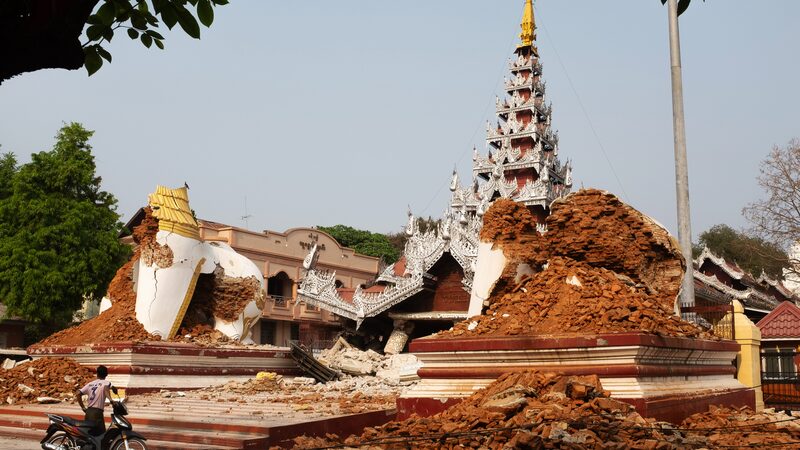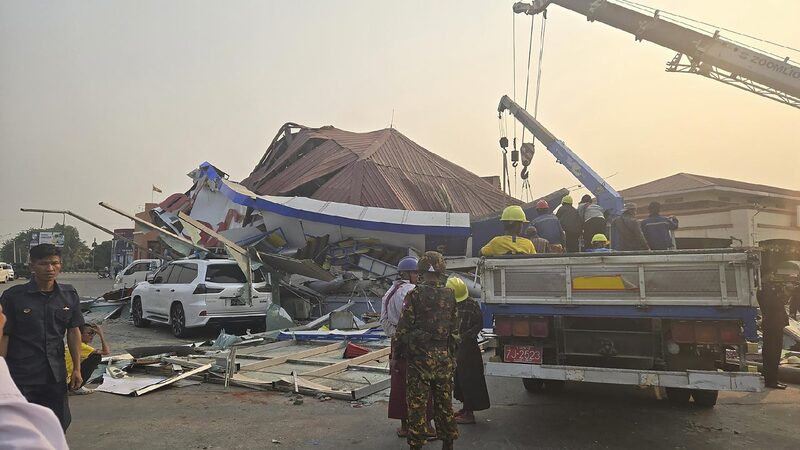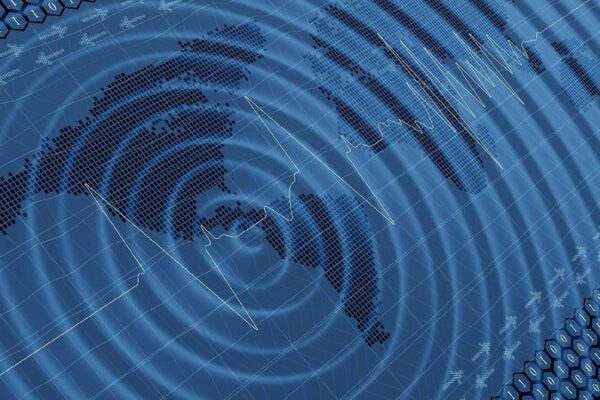The recent magnitude 7.7 earthquake that struck central Myanmar has left a trail of destruction, claiming over a thousand lives and causing widespread devastation. This tragic event raises crucial questions: Why was this earthquake so destructive, and how can people prepare for such disasters in the future? Let’s delve into the science behind this catastrophe.
The Science Behind the Quake
Due to the earthquake’s shallow depth of just 10 kilometers, the ground shaking was particularly intense. Shallow earthquakes cause more severe surface shaking compared to deeper ones, leading to greater damage. In this case, the intense tremors resulted in the collapse of many poorly constructed buildings in the affected area.
Strong tremors were felt in southwest China’s Yunnan Province, which borders Myanmar. In Ruili City, located approximately 300 kilometers from the epicenter, two people were injured.
Earth’s outer shell is composed of massive tectonic plates that are constantly moving and interacting. Myanmar sits on one of the world’s most seismically active zones—the Himalayan-Burmese Arc—where the Indian Plate collides with the Eurasian Plate at a rate of about five centimeters per year. This collision generates immense pressure along faults, which are fractures in Earth’s crust.
The Sagaing Fault, a major strike-slip fault running through Myanmar, is particularly dangerous. The accumulated stress along this fault line can lead to powerful earthquakes when released.
Factors Contributing to the Damage
Several key factors contributed to the severe damage caused by this earthquake:
- Proximity to Urban Areas: The epicenter was close to Mandalay, Myanmar’s second-largest city, meaning intense shaking directly affected a densely populated area.
- Building Construction: Many buildings in central Myanmar are not designed to withstand strong tremors, making them vulnerable to collapse.
- Landslides: The quake triggered landslides in surrounding hills, burying roads and hindering rescue operations.
How to Stay Safe During Earthquakes
There are important lessons for surviving future earthquakes in this region:
- Drop, Cover, and Hold On: If you’re indoors when the shaking starts, drop to the ground, take cover under sturdy furniture, and hold on until the shaking stops. Avoid doorways, as they do not provide protection.
- Move to Open Areas: If you’re outdoors, move away from buildings, trees, and power lines to avoid falling debris.
- Emergency Supplies: Store at least three days’ worth of water, non-perishable food, and flashlights to prepare for utility outages.
- Gas Safety: Know how to shut off gas valves to prevent fires.
- Protective Gear: Keep sturdy shoes near your bed to protect your feet from broken glass and debris.
- Safe Zones: In rural areas prone to landslides, identify safe zones away from slopes.
Looking Back to Move Forward
Myanmar has experienced similar destructive earthquakes in the past, such as the 1930 Bago earthquake, which had a magnitude of 7.3. Implementing measures like reinforcing critical buildings and conducting regular community earthquake drills have proven effective in reducing casualties in other earthquake-prone countries.
The Path Ahead
Understanding the science behind earthquakes and taking proactive measures can help communities better prepare for and respond to these natural disasters. As seismic activity continues along fault lines, awareness and preparedness remain our best defense.
Reference(s):
cgtn.com








